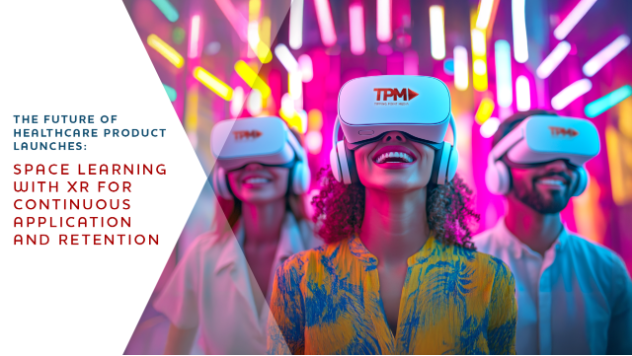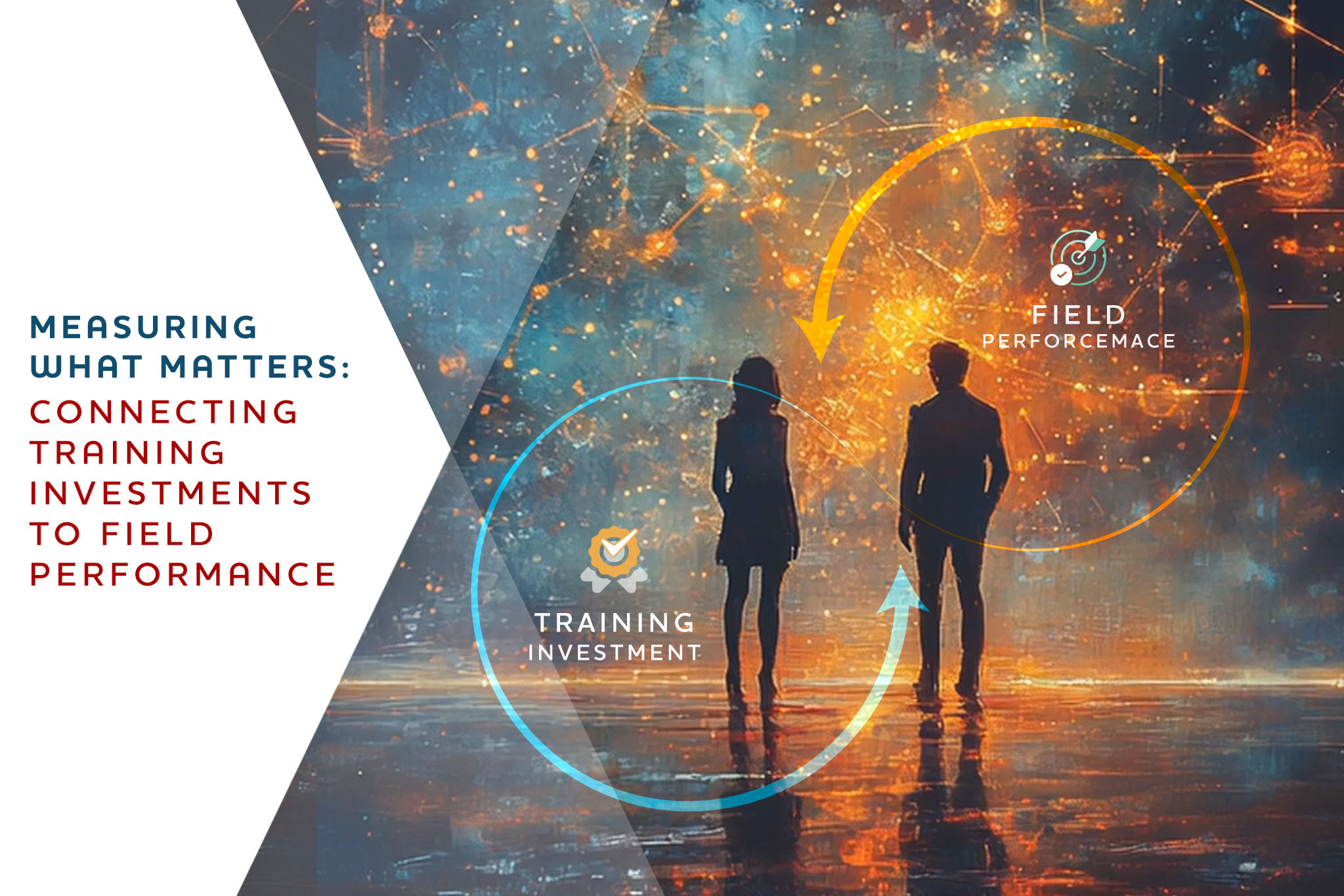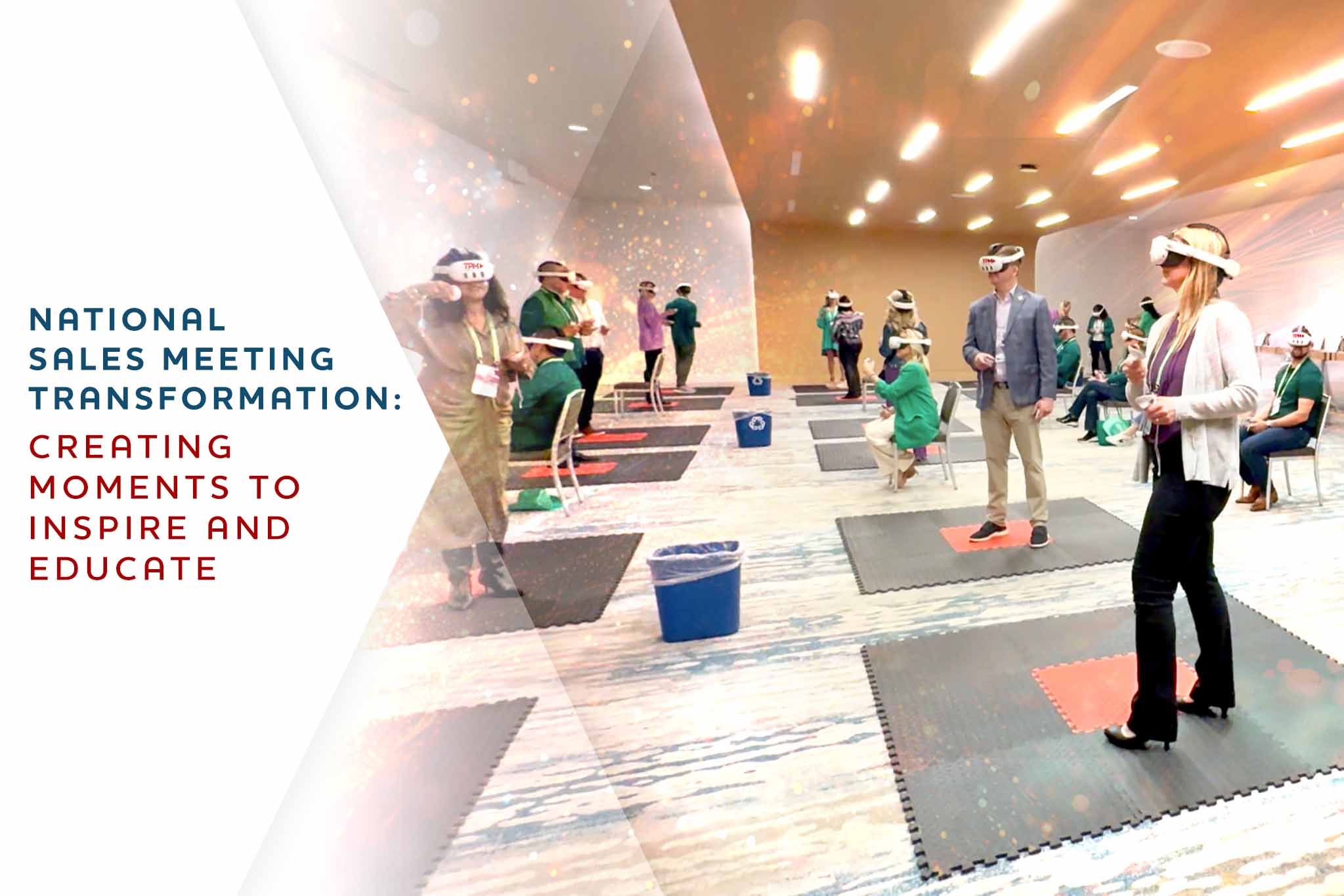In the ever-evolving landscape of healthcare, product launches have undergone a transformative journey. Gone are the days when traditional methods like in-person training sessions and printed materials were the sole means of disseminating information. The advent of cutting-edge technologies has paved the way for a paradigm shift in how healthcare professionals acquire knowledge and skills. One such pioneering approach is the integration of eXtended Reality (XR) technologies, encompassing Virtual Reality (VR), Augmented Reality (AR), and Mixed Reality (MR), into the realm of product launches.
The healthcare industry’s constant pursuit of innovation has driven the need for more immersive and engaging learning experiences. Traditional product launch methods often fell short in providing comprehensive and retainable knowledge transfer. In contrast, XR technologies offer an unparalleled opportunity to create interactive and experiential learning environments, allowing healthcare professionals to grasp complex concepts and procedures with greater ease and retention.
As the healthcare sector continues to embrace digitalization, the demand for seamless and efficient product launches has skyrocketed. XR technologies have emerged as a game-changer, enabling pharmaceutical and medical device companies to deliver engaging and memorable product launch experiences to their target audiences, ultimately driving better patient outcomes.
The Concept of Space Learning: An Overview
Space learning, a revolutionary approach to knowledge acquisition, has gained significant traction in recent years. This innovative concept encompasses two distinct but complementary aspects:
- Spatial Association
- Temporal Distribution
Spatial Association in Learning
This aspect of space learning leverages the principles of spatial cognition and memory, which suggest that individuals tend to remember information more effectively when it is associated with specific locations or environments.
Application in Product Launches
In the context of product launches, space learning involves creating immersive virtual environments that mimic real-world settings, such as hospital wards, operating rooms, or clinics. By embedding product information and training materials within these digital spaces, healthcare professionals can explore and interact with the content in a more intuitive and engaging manner.
The power of this approach lies in its ability to tap into the brain’s natural ability to encode and retrieve information based on spatial cues. As learners navigate through the virtual environments, they unconsciously associate the acquired knowledge with specific locations and contexts, enhancing their ability to recall and apply the information in real-world scenarios.
Temporal Distribution of Learning
The concept of space learning also extends to the temporal dimension, often referred to as “spaced learning” or “distributed practice.” This aspect focuses on spacing out learning over time, rather than cramming information in a single session.
Benefits of Spaced Learning
- Enhanced retention: By revisiting information at increasing intervals, learners can strengthen their memory and improve long-term retention.
- Reduced cognitive overload: Breaking down content into smaller, manageable portions helps prevent mental fatigue and overwhelm.
- Improved understanding: Spacing allows time for reflection and consolidation of knowledge between learning sessions.
Application in Product Launches
For product launches, incorporating spaced learning principles can be highly effective:
- Pre-launch phase: Introduce basic product information and generate initial interest.
- Launch phase: Provide in-depth training on product features and applications.
- Post-launch phase: Offer advanced tips, case studies, and user experiences.
- Ongoing support: Provide periodic updates, refresher courses, and new use cases.
By spacing out the learning content over the product launch period and beyond, you can:
- Maintain engagement over a longer period
- Allow for practical application between learning sessions
- Adapt content based on user feedback and real-world experiences
- Reinforce key messages and features at optimal intervals
Combining Spatial and Temporal Aspects
The most effective space-learning strategies often combine both spatial association and temporal distribution. For example, a product launch might use a series of virtual environments (spatial) introduced over several weeks or months (temporal), each building upon the previous knowledge and exploring new aspects of the product.
This comprehensive approach to space learning not only enhances knowledge retention and application but also creates a more engaging and sustainable learning experience throughout the product launch cycle and beyond.
Benefits of Using XR in Healthcare Product Launches
The integration of XR technologies into healthcare product launches offers numerous benefits, revolutionizing the way knowledge is disseminated and retained. Here are some key advantages:
- Immersive and Engaging Learning Experience: XR technologies create highly immersive and engaging learning environments, captivating learners and fostering active participation. This heightened engagement leads to improved knowledge retention and better comprehension of complex concepts.
- Realistic Simulations: Through VR and AR, healthcare professionals can experience realistic simulations of medical procedures, product usage, and patient interactions. These simulations provide a safe and controlled environment for practicing and refining skills, reducing the risk of errors and enhancing patient safety.
- Accessibility and Scalability: XR-based product launch initiatives can reach a global audience, transcending geographical barriers. Healthcare professionals from diverse locations can access the same high-quality training materials, ensuring consistent knowledge dissemination and standardized practices.
- Cost-Effective and Eco-Friendly: Compared to traditional in-person training sessions, XR-based product launches are often more cost-effective in the long run. They eliminate the need for travel, venue expenses, and printed materials, while also reducing the environmental impact associated with these activities.
- Personalized Learning: XR technologies enable personalized learning experiences, catering to individual learning styles and paces. Learners can explore the virtual environments at their own pace, revisit specific sections, and engage with the content in a manner that suits their preferences.
- Data-Driven Insights: XR platforms often provide valuable analytics and data insights, allowing organizations to track learner progress, identify knowledge gaps, and optimize the training content for maximum effectiveness.
How XR Enhances Space Learning for Product Launches
The synergy between XR technologies and space learning principles creates a powerful combination for effective product launches in the healthcare industry. Here’s how XR enhances space learning:
Spatial Context
XR technologies enable the creation of highly realistic virtual environments that mimic real-world settings, such as hospitals, clinics, or operating rooms. By embedding product information and training materials within these spatial contexts, learners can associate the knowledge with specific locations and environments, enhancing their ability to recall and apply the information in real-world scenarios.
Multisensory Experiences
XR technologies engage multiple senses, including sight, sound, and even touch (through haptic feedback). This multisensory stimulation reinforces the spatial associations and creates a more immersive and memorable learning experience, leading to improved knowledge retention.
Interactive Exploration
Learners can actively explore and interact with the virtual environments, manipulating objects, navigating through different spaces, and engaging with the content in a hands-on manner. This interactive approach fosters a deeper understanding and strengthens the spatial associations formed during the learning process.
Contextual Cues
XR environments can incorporate contextual cues and visual aids that trigger spatial memory and provide additional reference points. For example, virtual signage, labels, or interactive hotspots can reinforce the association between the product information and the specific locations within the virtual environment.
Collaborative Learning
XR platforms often support collaborative learning experiences, allowing multiple learners to interact and collaborate within the same virtual environment. This social aspect enhances knowledge sharing, facilitates discussions, and reinforces the spatial associations through peer-to-peer interactions.
Temporal Distribution
The temporal distribution aspect of XR-enhanced space learning for product launches adds another dimension to the learning experience, improving long-term retention and practical application of knowledge. Here’s how temporal distribution is integrated:
Spaced Repetition
XR platforms can implement spaced repetition algorithms, presenting key product information at increasing intervals over time. This approach leverages the spacing effect, which shows that information is better retained when reviewed at gradually increasing intervals. For example:
Time-Based Scenarios
XR environments can simulate different temporal contexts, allowing learners to experience how the product performs or is used at various times:
Progressive Disclosure
Information about the product can be revealed progressively over time, mirroring real-world learning curves:
Temporal Landmarks
XR can incorporate significant temporal landmarks in the product’s lifecycle:
Just-in-Time Learning
XR platforms can provide on-demand, context-specific information exactly when needed:
Adaptive Learning Paths
Based on the learner’s performance and retention over time, the XR system can adapt the learning path:
By incorporating these temporal distribution strategies, XR-enhanced space learning for product launches not only leverages spatial context but also optimizes the timing and frequency of information presentation. This comprehensive approach ensures that healthcare professionals can effectively learn, retain, and apply product knowledge in their daily practice, ultimately.
The Future Outlook: XR and Space Learning in Healthcare
The integration of XR technologies and space learning principles in healthcare product launches is poised to shape the future of knowledge dissemination and skill development in the industry. As these technologies continue to evolve and become more accessible, their adoption is expected to accelerate, transforming the way healthcare professionals acquire and retain knowledge.
- Widespread Adoption: As the benefits of XR-based product launches become more widely recognized, an increasing number of healthcare organizations, pharmaceutical companies, and medical device manufacturers are likely to embrace this approach. This widespread adoption will drive further innovation, investment, and research in the field.
- Advanced Simulations: With advancements in XR technologies, simulations will become even more realistic and immersive, enabling healthcare professionals to practice complex procedures and scenarios with a high degree of fidelity. This will enhance patient safety and prepare healthcare providers for a wide range of situations.
- Personalized and Adaptive Learning: XR platforms will leverage artificial intelligence (AI) and machine learning algorithms to provide personalized and adaptive learning experiences. These systems will analyze learner data, identify knowledge gaps, and dynamically adjust the content and virtual environments to cater to individual learning needs.
- Collaborative and Remote Learning: XR technologies will facilitate collaborative and remote learning experiences, allowing healthcare professionals from different locations to participate in virtual training sessions, share knowledge, and collaborate on complex cases or procedures.
- Integration with Other Technologies: XR will increasingly integrate with other emerging technologies, such as the Internet of Things (IoT), big data analytics, and cloud computing. This convergence will enable real-time data integration, remote monitoring, and enhanced data-driven decision-making in the context of product launches and training initiatives.
Conclusion
The future of healthcare product launches is poised to be transformed by the integration of XR technologies and the principles of space learning. This powerful combination offers an immersive, engaging, and memorable learning experience, enabling healthcare professionals to acquire and retain knowledge more effectively.
By leveraging the spatial associations and multisensory stimulation provided by XR environments, learners can associate product information and training materials with specific locations and contexts, enhancing their ability to recall and apply the knowledge in real-world scenarios. This approach not only improves patient outcomes but also fosters continuous professional development and ensures that healthcare providers stay up-to-date with the latest innovations and best practices.
As the healthcare industry continues to embrace digitalization and prioritize patient safety, the adoption of XR-based product launches and space learning strategies will become increasingly prevalent. Organizations that embrace this paradigm shift will gain a competitive advantage, enabling them to deliver more effective and efficient product launch initiatives while fostering a culture of continuous learning and innovation.



